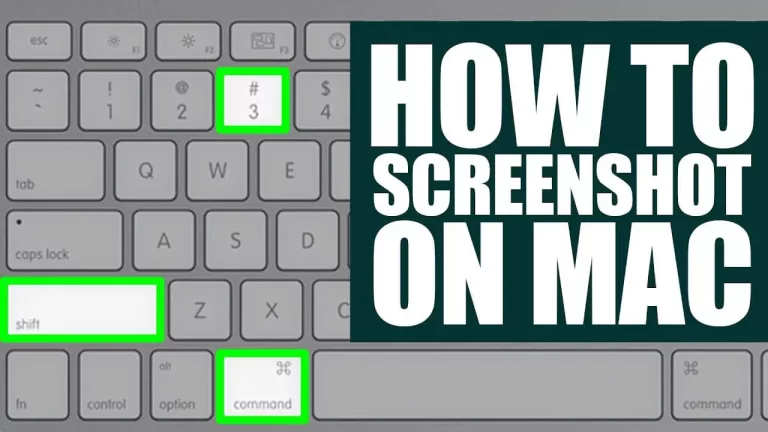PDF Compression 101: How to Reduce File Size Without Compromising Quality

You know how frustrating it is when your PDF files are too large to share or store. Are you ready to learn about PDF compression and finally optimize your file size without compromising the quality of your documents?
Compressing a PDF helps reduce its file size without compromising the quality of the document. You can compress a PDF by using a pdf editor and leveraging various methods such as resampling, downsampling, compression, and optimization tools.
Table of Contents
Resampling
This method involves adjusting the locations of pixels to alter their density while preserving image curves. Resampling reduces pixel count and eliminates redundant data that accumulates during document merging without physically resizing images or affecting quality.
Downsampling
This method involves reducing the number of pixels or dots per inch (DPI) in your file. When downsampling an image, you essentially discard certain pixels altogether, which not only reduces file size but also decreases color in areas where it is not needed.
Compression
To further reduce file size, you can delete duplicate objects from the document or compress existing data with compression utility software such as JPEG2000. Compression can also minimize text fragments within each page of your document and apply JPEG compression for image-based content.
Optimization
Optimizing an existing PDF helps compress embedded fonts, images, metadata, and streams from larger objects like videos. Different tools may offer different levels of optimization; generally speaking, they provide maximum results when used in combination with other techniques like down sampling or compression with JPEG2000 standards.
Different Types of PDF Compression
PDF compression is a process used to reduce the size of a document without sacrificing the quality of its content. There are several ways to compress PDFs, most of which involve either lossy or lossless compression. Choosing the right type for your needs is key for successful compression.
Lossy Compression
Lossy compression algorithms discard some data from an image, making it smaller but resulting in a lower-quality version of the original file. Lossy mainly works with JPEG files and can yield very good results when used on photographs and low-detail images with soft transitions between colors due to sophisticated algorithms developed specifically for these types of files. The degree of reduction possible with a lossy PDF is determined by how much visual information you are willing to sacrifice.
Lossless Compression
Lossless methods use sophisticated algorithms that enable better data and image retention than lossy methods, resulting in faster download speeds, lower storage costs, and higher image quality. This type of compression is suitable for complex greyscale images, such as engineering drawings or scanned text documents that are often sent in PDF format. Its downside is that usually results in comparatively small file size reduction when compared with lossy compression algorithms available today.
Conclusion
In conclusion, PDF compression can be an incredibly helpful tool for reducing the file size of your documents without sacrificing their quality. Whether you’re looking to share a file electronically or print out several copies of a presentation, using compression to reduce your file size can be very advantageous in a variety of situations.






